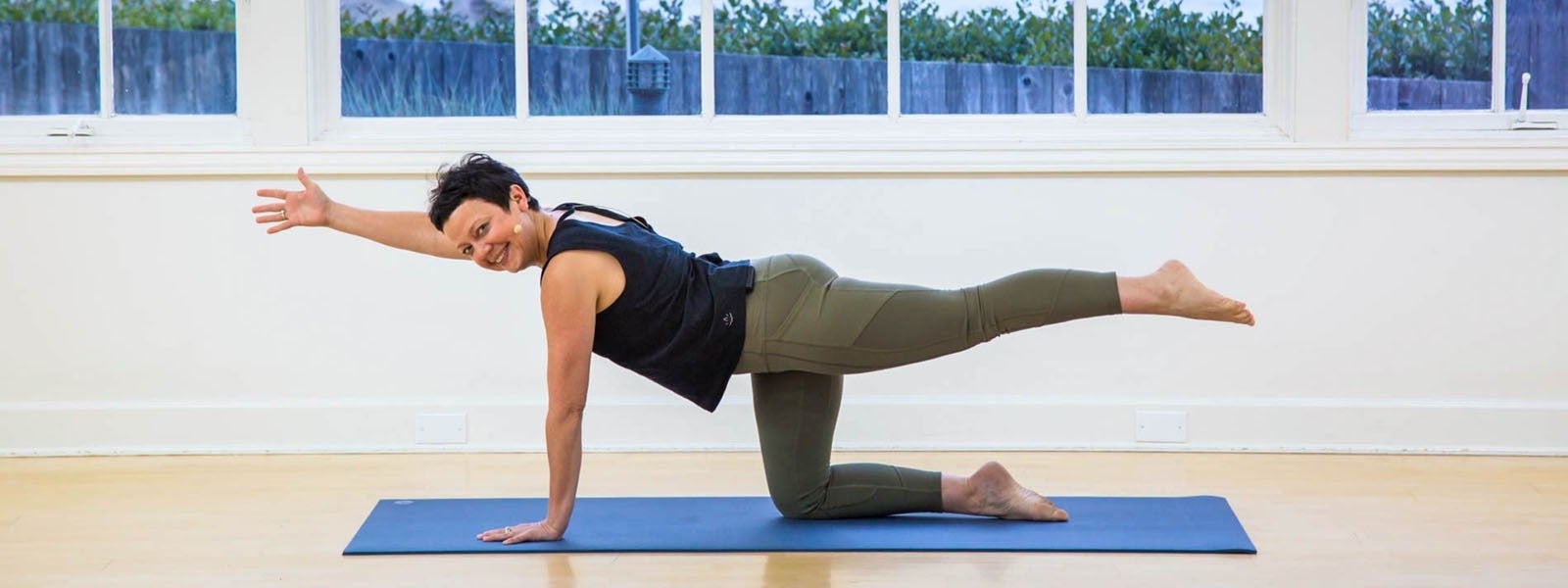
A Pilates Instructor's Tips for a Stronger, Healthier Neck
“We know that stress is a predictor for pain, and we know that staying in one position for too long can be tedious and uncomfortable,” says Cara Reeser, a New York City-based Pilates instructor. “We also know that movement and strength, particularly in the neck, can really help with painful symptoms.”
The fitness world sends out mixed messages about the neck. At one extreme, there are bodybuilders whose overdeveloped neck muscles resemble the inflatable neck pillows used by frequent fliers. At the other, there are cautions around our "delicate" necks, as if those muscles aren’t carrying the equivalent of a ten-pound bowling ball around all day long.
What’s the right approach? According to Reeser, “The neck is full of muscles, ligaments, and tendons that are super powerful and are meant to lift and move your head around in the world. So let’s not be afraid to use them, and to use them in all directions.”
She points to driving, which requires moving the head in all directions to see what’s in our blind spots as an example of a daily activity that relies on a strong, healthy and flexible neck.
Reeser teaches workshops for Pilates instructors about the cervical spine, and has created a Pilates Mat-inspired workout to teach proper neck mechanics. It’s equally valuable for yogis. Too often, when we move our heads during familiar exercises like an ab curl or Cobra pose, we glide the head forward instead of leading from the crown.
It’s helpful to simply have a sense of where the crown of the head is in space, in all positions, from standing to seated to all fours to lying supine. Reeser suggests simply tapping the crown of the head to become more aware. If you are foggy on the crown of the head, think of the part of your head that would be encircled by a crown. Just noting where the crown in space is at various times of the day will help keep the head in good alignment with the spine and, in turn, reduce strain on the neck.
Fitness pros are fond of imagery like imagining your head as a balloon floating above your spine. Reeser goes further, suggesting that the head can be thought of as the first vertebrae of the spine, rather than the atlas, or the actual first vertebrae, upon which the skull sits.
Reeser’s suggestions will work for all kinds of movers, not just Pilates practitioners or yogis. “My goal with these workouts is that they could be done daily, all or part, as a daily neck and shoulder maintenance break,” she explains.
Working the Neck in Flexion and Extension
When you flex (bend) the spine, the head should spin forwards but glide backwards. This is the opposite of forward-head posture. As you lift the head off the floor from a supine position or start to roll down from standing, imagine that there are a pair of short rubber bands stretching vertically at the base of the skull. When you lift your head off the floor or nod the head forward in a sitting or standing or all fours position, those bands (the neck muscles) stretch.
Working this way may feel hard at first, and your neck may feel tired or even sore. Stick with it. As Reeser says, “You can’t really move your head with your abs. It’s okay to feel the muscles work, even to be sore.”
Try the following familiar exercises with a new awareness of the head in space. You may be surprised at how a subtle shift can make you think (and feel) differently about your neck.
- The Hundred: Lie on your back with the legs bent and feet flat, arms by your side. Float the head off the floor just enough to slide a sheet of paper underneath. Then nod the head forward (Resser calls this capital flexion). Next, flex the neck, then lift and flex the thoracic spine into an ab curl (familiar as the starting position of the Hundred). Lower in reverse.
- Roll Up Prep: Lying on the back with the legs extended and feet flexed, place a folded hand towel (the long way) under the head. Grab the edges of the towel with your hands and bend the elbows. Repeat the four steps (head lift, head nod, neck flex, thoracic spine flex), gazing at your flexed feet. You can also do the same movement without the towel.
- Cat/Cow Pose: From a quadriped (all-fours) position, practice the same four steps as you curl into Cat: spiral the crown, flex the cervical spine, round the sternum, and flex the spine. Make sure you don’t drop the head out of alignment with the spine or lead with the throat. Now reverse the movement and practice the same spinning or spiraling of the crown of the head as you go into extension, or Cow pose.
- Spine Stretch Forward: Sit with the legs extended long. Grasp your folded hand towel with the arms extended at shoulder height. Reach the crown of the head towards the towel: crown spirals, cervical spine follows, sternum rounds, and spine rounds. Reaching the crown of your head towards the towel will encourage good alignment with the spine.
In the supine position, resist the urge to flatten the natural lordotic curve of the cervical spine. Reeser suggests rolling a hand towel the long way and placing it horizontally under the curve of the neck in supine exercises like Bridge, the Ab Series, or Roll Over, to “honor the negative space of the cervical curve.”
If you find yourself pushing your neck into the towel as you lift your head in an ab curl or your hips off the floor in Bridge, back off. The towel will provide feedback and teach you to be aware of and maintain the natural curve of the neck. After a little while, you won’t need it.
Let us know how these practices work for you in the comments below.
Comments
No comments yet. Be the first!


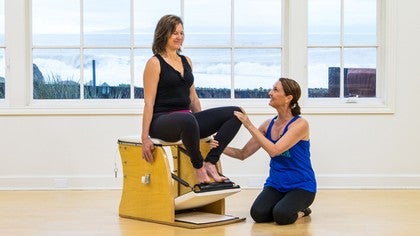

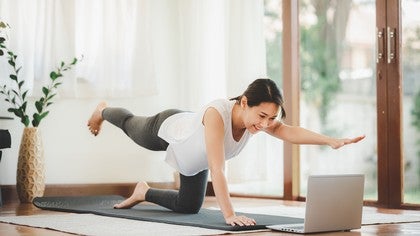
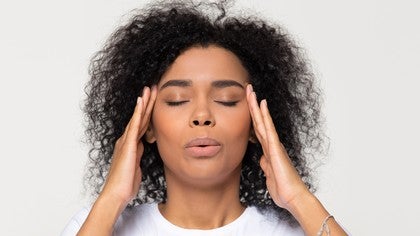

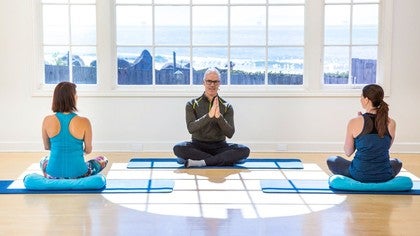

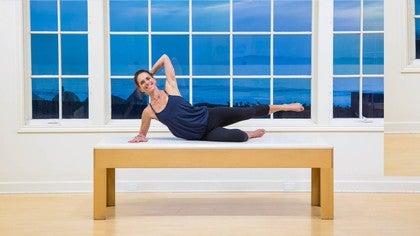
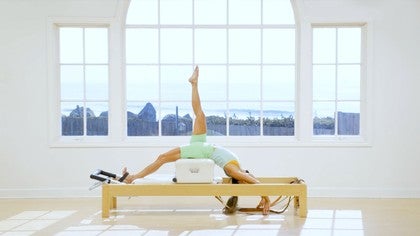


You need to be a subscriber to post a comment.
Please Log In or Create an Account to start your free trial.